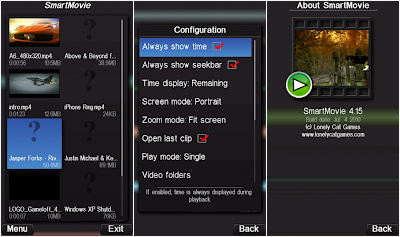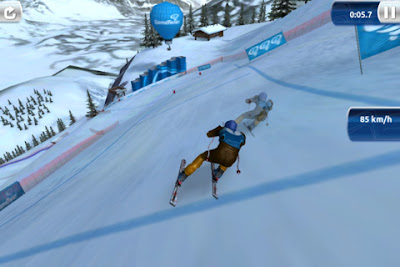The Good
- Beautifully detailed visuals
- New fighting mechanics add depth
- Stable online play with replay support
- ZWEI and Viola have interesting new fighting styles.
The Bad
- No replay sharing
- Offline modes lack variety
- Some classic character styles are absent
- Game lacks basic teaching tools.
At the center of SoulCalibur V's new design is the critical gauge. This meter can hold two bars of energy used to perform new types of offensive and defensive maneuvers. Critical edge and brave edge attacks are its offensive uses. The flashy, cinematic critical edge attacks cost a full bar of meter and deal substantial damage. Each character has one, and every critical edge has the same input command. Critical edge attacks come out quickly and are great for catching aggressive opponents off guard, especially when you're rising from a knockdown.
Brave edge attacks are improved versions of a character's normal attacks and use one-quarter of the critical gauge. Hilde, for example, has an attack that knocks her opponent into the air and over her head. The brave edge version starts the same way but automatically impales the opponent in midair for extra damage. This combo isn't possible otherwise, hence the meter cost. Both critical and brave edge attacks open up new combo possibilities for the entire cast and help make old characters feel new without altering their fundamental gameplay.
Defensively, the critical meter is used for guard impacting, otherwise known as parrying. That's right: unlike in previous SoulCalibur games, parrying is no longer free. Instead, it costs one-quarter of the gauge--the same as a brave edge attack--and still requires precise timing.
However, there are other ways to parry that don't use the critical gauge. The first is "just guard." This is done by tapping the guard button the instant before being struck. It requires even more precise timing than a standard parry, but if you're successful it will have a similar effect. Certain attacks also incorporate a parry into the attack itself. These attacks are generally slow-moving, highly telegraphed blows that will leave you wide open should you miss.
The game's starting point, the story mode, introduces you to Patroklos and Pyrrha, the children of series veteran Sophitia. The siblings embark on a journey across Europe that leads to the legendary soul swords. Eventually, the two are put at odds, but by that point the narrative has stumbled over so much terrible writing and illogical reasoning that it's difficult to care. This mode also fails to provide any of the interesting battle conditions seen in SoulCalibur II's campaign or SoulCalibur IV's challenge tower. And while the game has two other versus AI modes, the lack of variety across all three severely diminishes the game's offline attraction.
SoulCalibur V takes place several years after the previous game and borrows a page from Street Fighter III: Third Strike. It introduces several new characters with the slightly modified movesets of older characters. There are a few originals as well, such as Z.W.E.I. and Viola. Z.W.E.I. is a short-range fighter who can summon a familiar to help extend combos and attack from a distance. Viola is an indirect fighter who uses a crystal ball. The ball can be deployed on the battlefield and recalled to strike opponents from behind.
Ezio Auditore, of Assassin's Creed fame, is this game's guest character. In addition to being an appropriate thematic fit, Ezio is well-balanced, capable of holding his own but not overpowered like some guest characters of the past. Sadly, a lot of good characters were left by the wayside, including Talim, Yun-seong, and Zasalamel.
Online play is smooth in SoulCalibur V; you shouldn't notice any performance issues when squaring off against players with four- and five-bar connection ratings. The standard offerings of ranked and player matches are available, and the game saves your eight most recent online matches. While this is great for studying your own technique, it is unfortunate that you can't access replays from other players. Player matches support spectator mode when you're not playing, and you can even chat with other viewers.
Fans looking to relive the experience of SoulCalibur's early entries may be irked by this game's new additions. But once the steep learning curve is surmounted, you will find a fresh-yet-familiar fighting system that's fun to explore.







